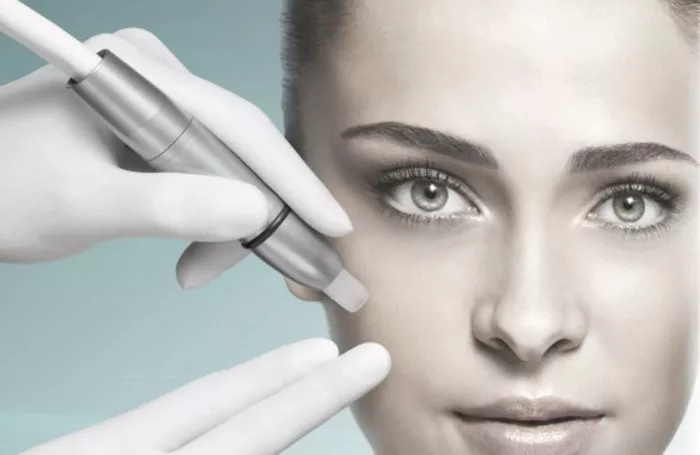Microdermabrasion is a popular non-invasive cosmetic procedure that exfoliates the skin to improve its texture and appearance. It involves the use of a handheld device that gently removes the outermost layer of dead skin cells. While microdermabrasion is generally considered safe and effective, some individuals may experience bruising as a side effect. In this article, we will explore the causes of bruising after microdermabrasion, its duration, and some essential tips for minimizing bruising and promoting faster recovery.
Causes of Bruising:
Bruising after microdermabrasion can occur due to various reasons, and understanding these factors is crucial for both clients and practitioners. Some common causes of bruising include:
Skin Sensitivity: Individuals with sensitive skin may be more prone to bruising after microdermabrasion. The intensity of the procedure and the pressure applied during the treatment can contribute to this sensitivity.
Blood Vessel Fragility: Fragile blood vessels under the skin can rupture during the microdermabrasion process, leading to bruising in some cases.
Aggressive Treatment: Overly aggressive microdermabrasion, especially with coarse crystals or diamond tips, can cause trauma to the skin, resulting in bruising.
Duration of Bruising:
The duration of bruising from microdermabrasion can vary from person to person, depending on several factors. In most cases, bruising is typically mild and subsides within a few days. However, some individuals with sensitive skin or those who experienced a more aggressive treatment may have bruising that lasts for up to a week or slightly longer.
Tips for Minimizing Bruising and Promoting Faster Recovery:
Choose a Certified Practitioner: Ensure that your microdermabrasion procedure is performed by a certified and experienced professional who understands the nuances of the treatment.
Communicate Skin Sensitivity: Inform your practitioner about any existing skin sensitivities or conditions before the procedure. This will help them adjust the treatment accordingly to minimize the risk of bruising.
Cold Compress: Applying a cold compress or ice pack to the treated area can help reduce inflammation and minimize bruising.
Avoid Aggressive Exfoliation: Refrain from using harsh exfoliants or undergoing additional exfoliating treatments immediately after microdermabrasion to allow your skin to heal properly.
Protect Your Skin: After the procedure, protect your skin from direct sun exposure and avoid activities that may cause friction or pressure on the treated area.
Conclusion:
Microdermabrasion is a popular and effective skin rejuvenation treatment, but bruising can be an unwanted side effect for some individuals. Understanding the causes of bruising and following essential aftercare tips can help minimize its duration and promote faster recovery. If you experience severe or prolonged bruising after microdermabrasion, consult your practitioner for further evaluation and guidance. By being proactive in caring for your skin, you can enjoy the benefits of microdermabrasion with minimal risk of bruising.

